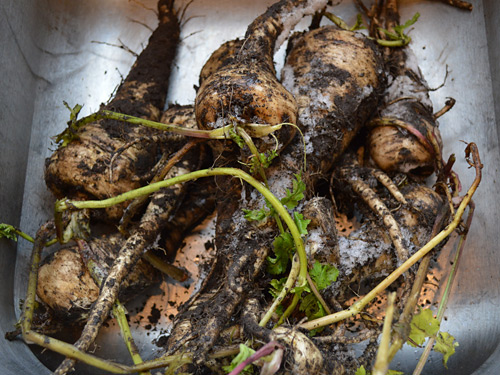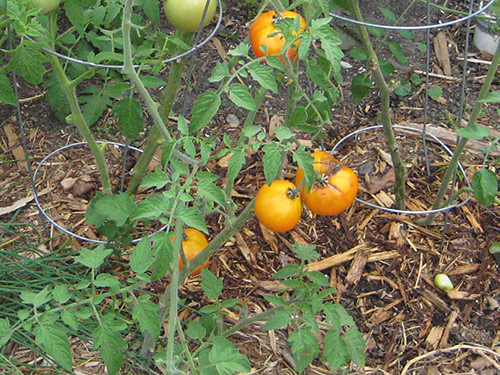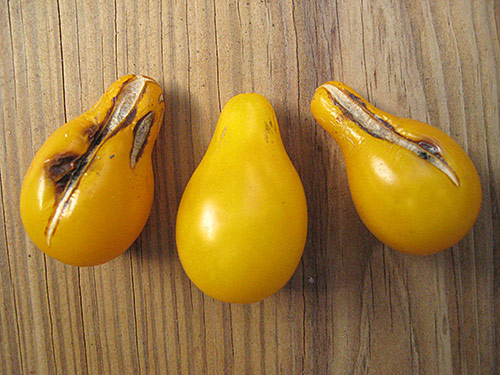While scrolling through various news feeds on The Internets this month, I came across a link to an odd article about kale . The article was called The Dark Side of Kale and ran on the Common Health site. To quickly sum up the idea behind the post, kale is a plant containing compounds that can interfere with the thyroid gland. After being diagnosed with hypothyroidism, a writer for the NY Times had recently written an article called Kale? Juicing? Trouble ahead. Now I do love me some veggies, so those were fighting words. I dove into some fact-checking and reading about kale.
It’s All in the Family
A very wide variety of vegetables belong to the family Brassicaceae (also called Cruciferae). Examples of some cruciferous vegetables include bok choy, cauliflower, watercress, radish, broccoli, wasabi, and cabbage. Brassica oleracea is a species of this family and includes broccoli, cauliflower, brussel sprouts, and kale. Like collard greens and spring greens, kale is a cultivar (Acephala Group) of the Brassica oleracea species. These vegetables are packed full of vitamins, fiber, and other nutrients. These same vegetables also have the compounds mentioned before that can whack out the thyroid and alarm news journalists.
Now for the Details
After reading about several medical studies involving these vegetables, I feel it all comes back to what Dr. Teresa Fung mentions in the Common Health article, “It’s the dose that makes a poison.” A very high intake of these vegetables, consumed raw, would have to be met to cause any danger. In addition, an individual would have to be considered iodine deficient, which usually exists in more impoverished areas of the world. On top of those two factors, a person affected by these compounds would more than likely be predisposed to hypothyroidism. Yeah, I don’t think I’ll be ripping the kale out of our garden anytime soon.
Skip the Fads and Stick with Variety and Moderation
Trends come and go in food and diet cultures. Mom G has bemoaned this before in our conversations. Foods being promoted one day as healthy for your family are the next day condemned as the main cause of a host of diseases. My opinion as a gardener is to ignore the food fads and to keep a nice variety of veggies circling through the garden and across our table. I even enjoy kale in a smoothie every now and then.
P.S.
A few days before I composed this post, the Common Wealth journalist conducted her own followup to the Killer Kale article. You can read it here.




